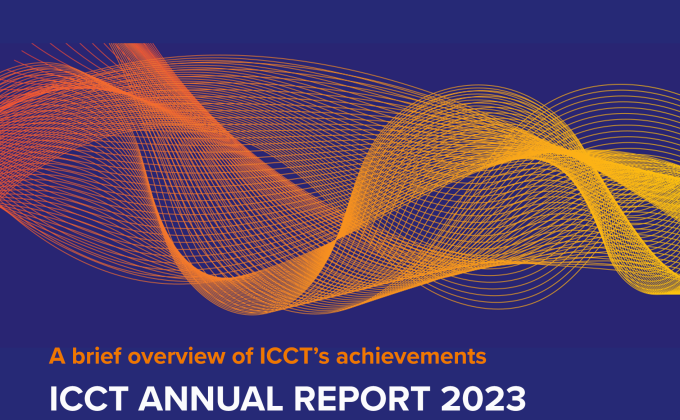In order to address the evolving challenges and threats of terrorism, states have adopted an increasingly broad set of measures to mitigate posed terrorist risks to national security. These measures now extend to the use of administrative measures such as control orders, exclusions zones, curfews, travel bans, and deprivation of nationality. There are, however, several important substantive and procedural criteria that need to be met in order for these administrative measures to be lawful.
The increasing level of use and expanding catalogue of these measures, their impact on the exercise of human rights, and their potential to circumvent criminal proceedings means that a close examination of the imposition of administrative measures is warranted. The question this paper addresses is how and when administrative measures can be applied in accordance with human rights and rule of law safeguards.
The paper will explore and define different types of administrative measures, set out the limited number of exceptional cases in which the measures can be a legitimate and useful tool to curb a risk to national security, and assesses the different factors affecting the lawfulness of these measures. In doing so, consideration is given to the legal basis of the measures, the human rights affected, the procedural safeguards in place, and the substantive criteria necessary before recommendations are offered on how administrative measures can be applied in a rule of law and human rights compliant manner in the future.
This policy brief is the first in a two-part series. Both policy briefs are a result of a two years project in which the authors have developed the GCTF Glion Recommendations and organized four series of on-line workshops for participants from different regions. The policy briefs are based on consultations and input from a broad range of practitioners, and views and opinions expressed in this policy brief are those of the authors.










